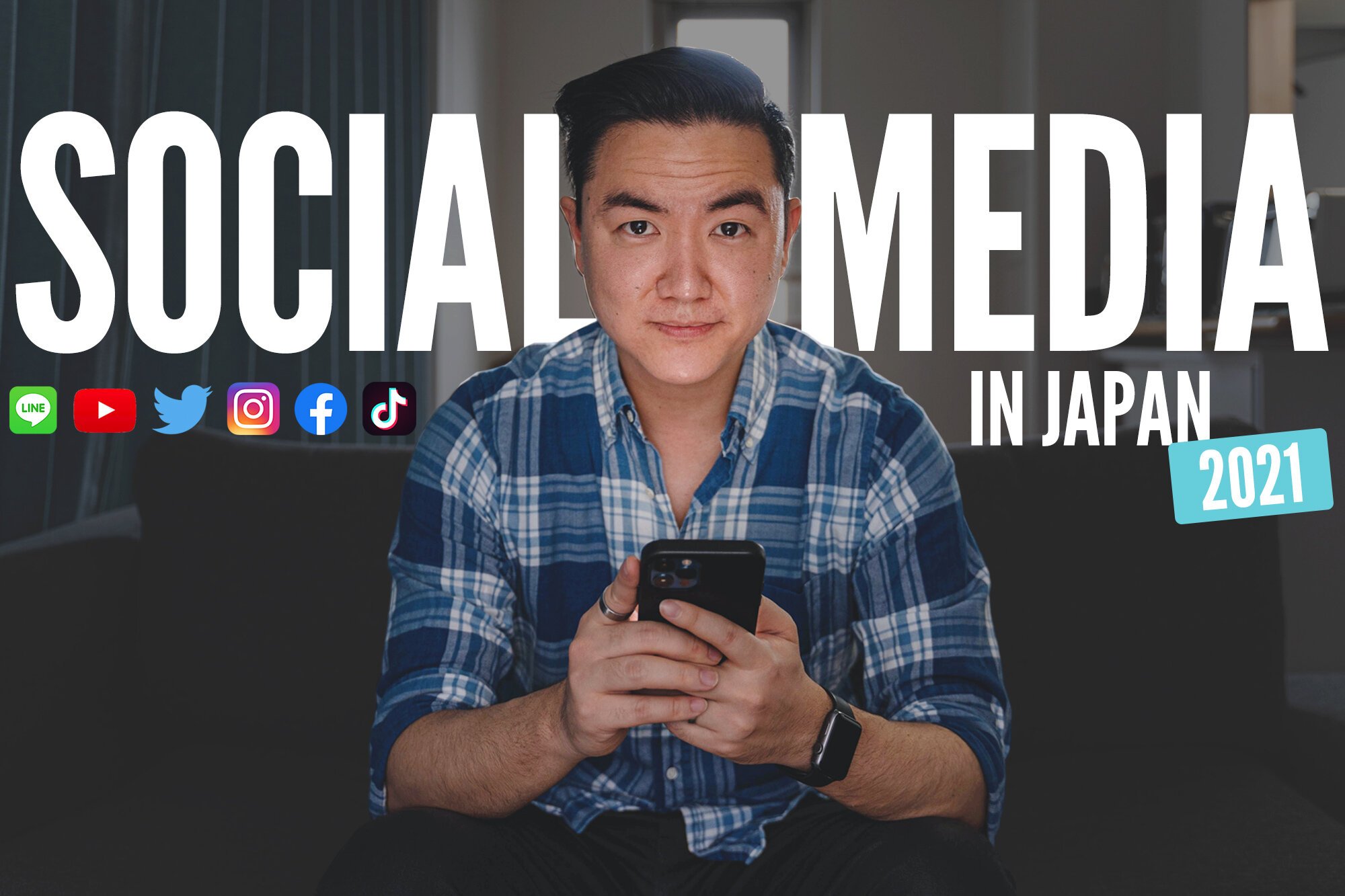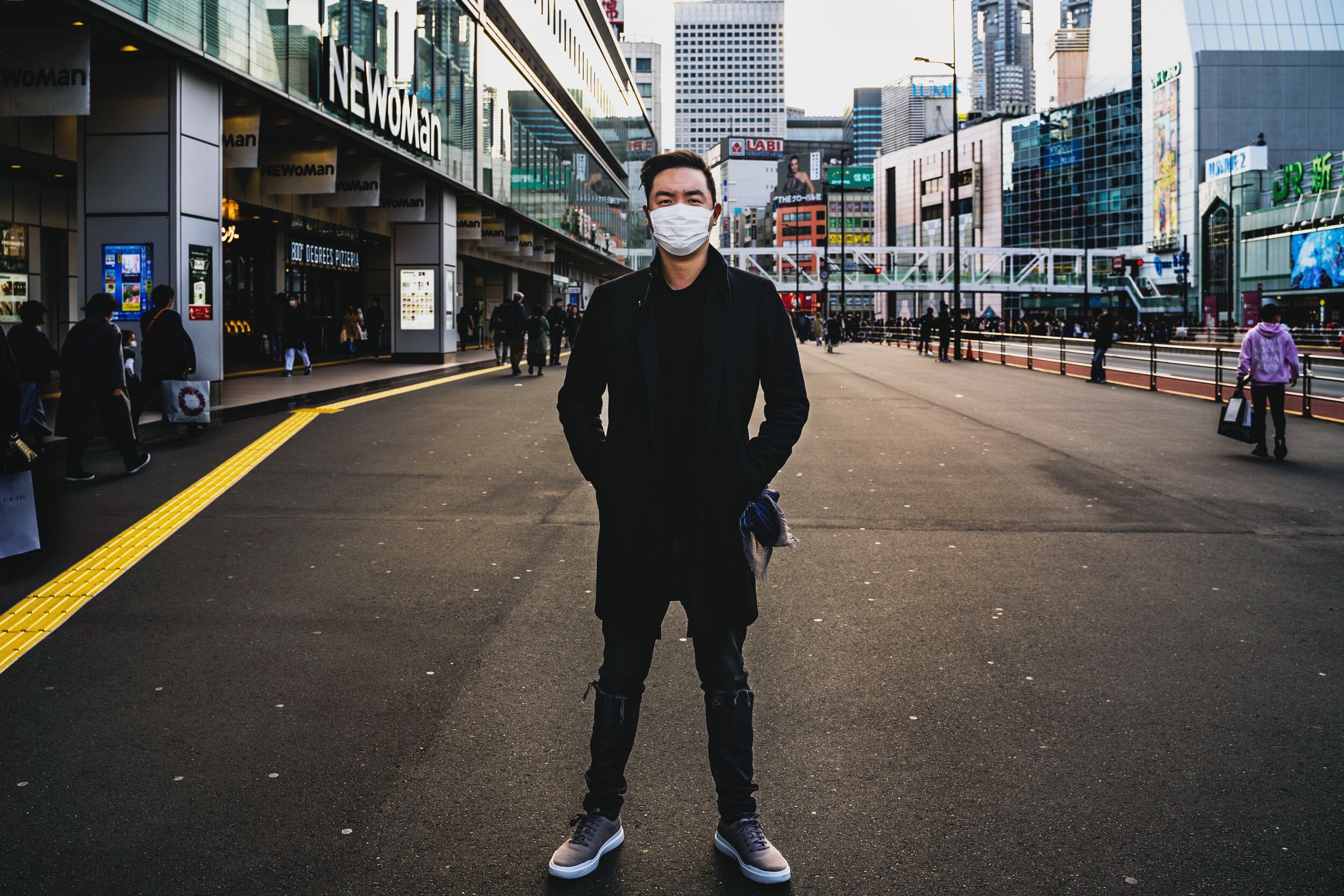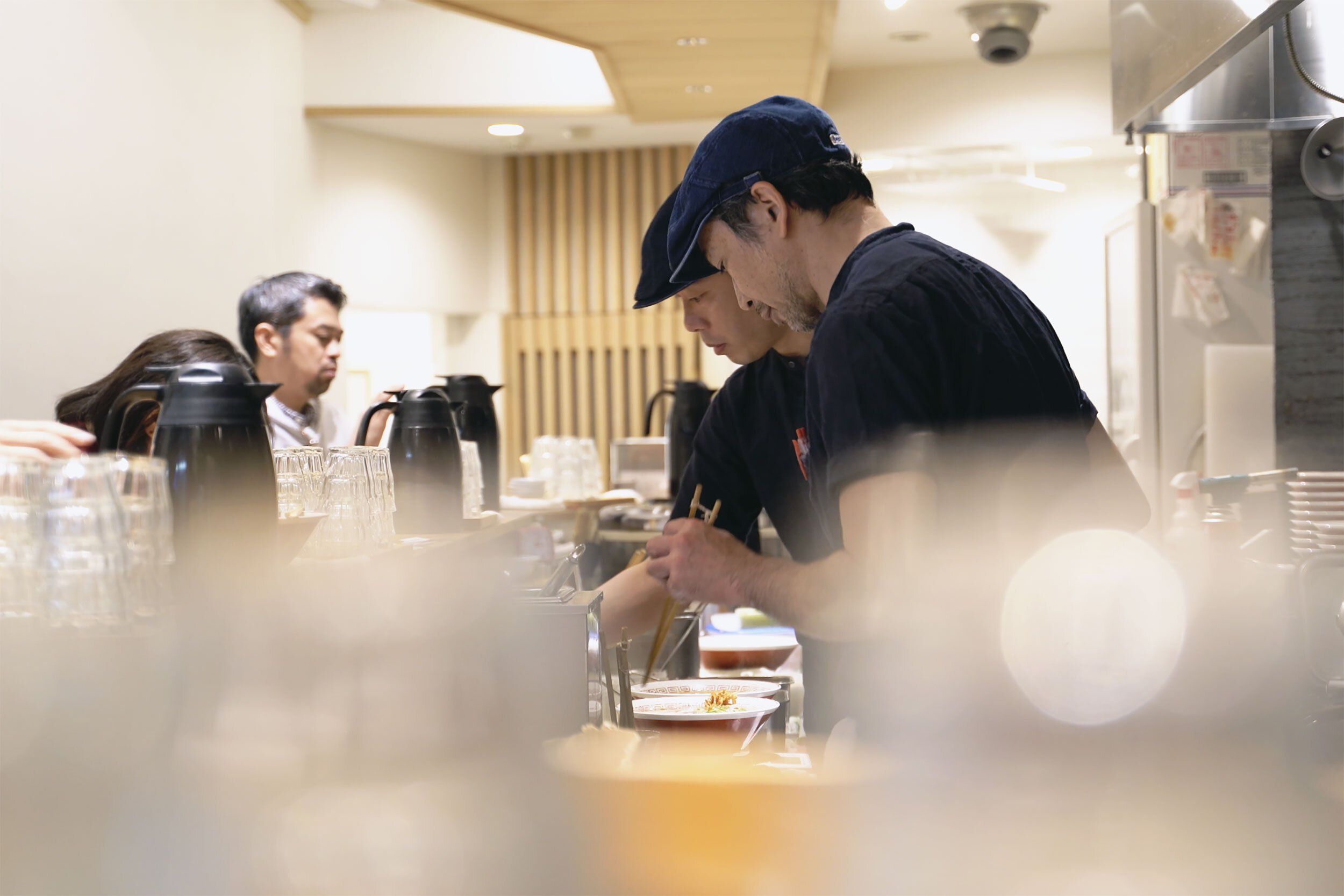Managing Money Between the U.S. and Japan
I share my experiences and tips for dealing with money if you're traveling or moving to Japan. My preferred banks in the U.S and Japan, how to use Apple Pay, and the credit cards that I use.
What Longtime Japan Residents Buy When Traveling in Japan
These are some things that I frequently buy in Japan and recommend after living there for a long time.
Buying an Apartment in Tokyo
What apartment-hunting and buying was like in Tokyo, how much apartments cost in the city, and some things that should be considered.
About My Japan-Related Business
I started a company that is connected to Japan, helping businesses do international marketing to the country.
What You Get in Tokyo for $1,800/Month
What is a typical 1-bedroom (1LDK) apartment in central Tokyo actually like? My approx. $1,800/month apartment in Setagaya, Tokyo.
Street Photography: Gotokuji & Kyodo, Tokyo
Going out on a snowy winter day to take street photos of Gotokuji and Kyodo, Tokyo.
Street Photography: Koenji, Tokyo
Shooting street photos of Koenji, Tokyo, a neighborhood known for its alternative subcultures.
Social Media in Japan in 2021
A look at the most popular social media apps in Japan in 2021 - user numbers, usage trends and more.
Fall in Japan Wallpapers
Fall is arguably Japan’s best season. Some of my favorite photos turned into wallpapers for your phone.
Instagram in Japan in 2020
All about Instagram use in Japan in 2020. Information from the House of Instagram Japan online event held by Facebook Japan.
How Coffee and Cafe Brands are Marketing in Japan
Japanese consumers and coffee, as well as an analysis of a few popular coffee and cafe businesses in Japan to see how they’re marketing and building their brands.
Springtime Walk in Shimotakaido, Tokyo
Exploring the streets of Shimotakaido in Setagaya, Tokyo during cherry blossom season.
How Brands in Japan are Responding to COVID-19
What some brands and celebrities in Japan are doing in reaction to COVID-19/Coronavirus.
A Snowy Spring Day in Tokyo
Photographing the streets of Setagaya, Tokyo on a snowy, spring day.
Japanese Celebrities to YouTube Stars: Haruna Kawaguchi
Haruna Kawaguchi is the latest Japanese celebrity to become a YouTuber.
Life in Tokyo During the Coronavirus Pandemic
How it’s like living and working in Tokyo during the COVID-19 / Coronavirus pandemic.
Typical Workday Lunch Costs in Tokyo
What my typical lunches on Tokyo workdays are like and how much they cost.
Why Japan Has Strange English Ads
Why big companies in Japan use strange English in their ads - My thoughts after working in a Japanese marketing agency
Japanese Consumers and Media Attention in 2020
About Japanese consumer attention in media in 2020, what channels they use, where they shop, and how they pay.
What New Years in Japan is Like
Spending the full New Year’s holiday in Tokyo for an authentic Japanese New Year’s experience.



















